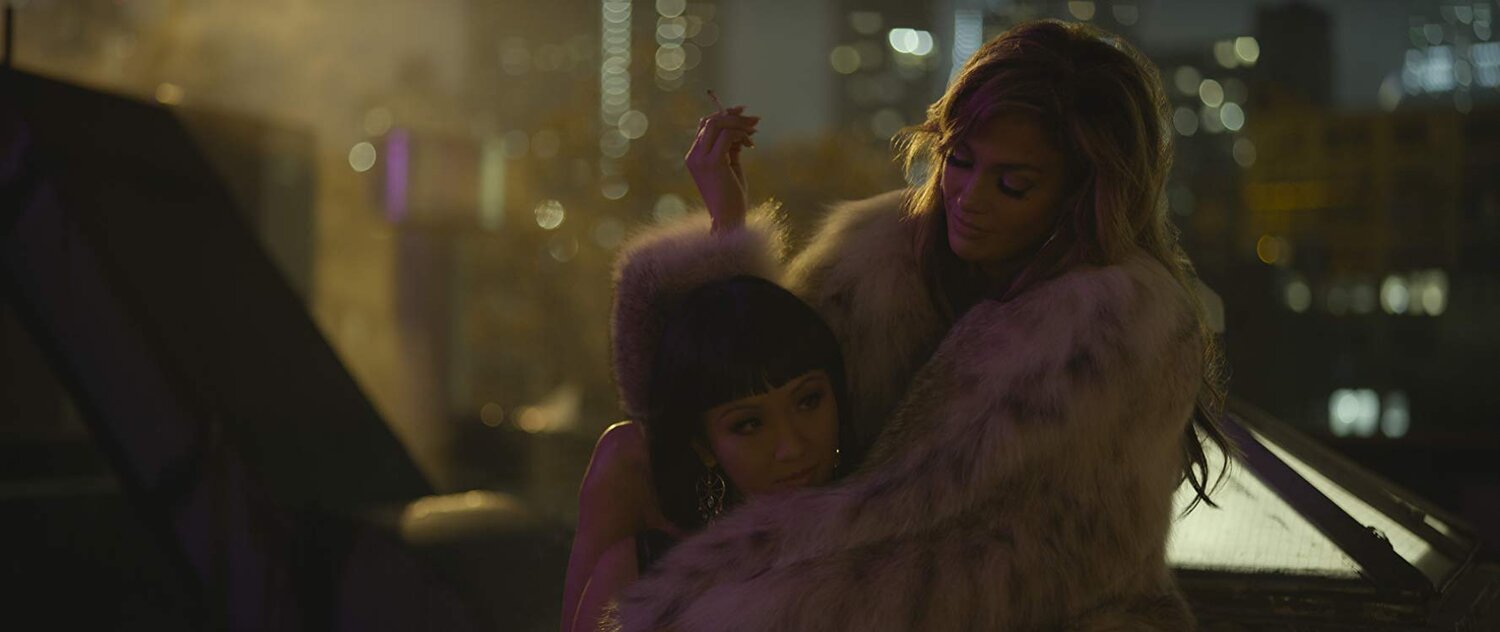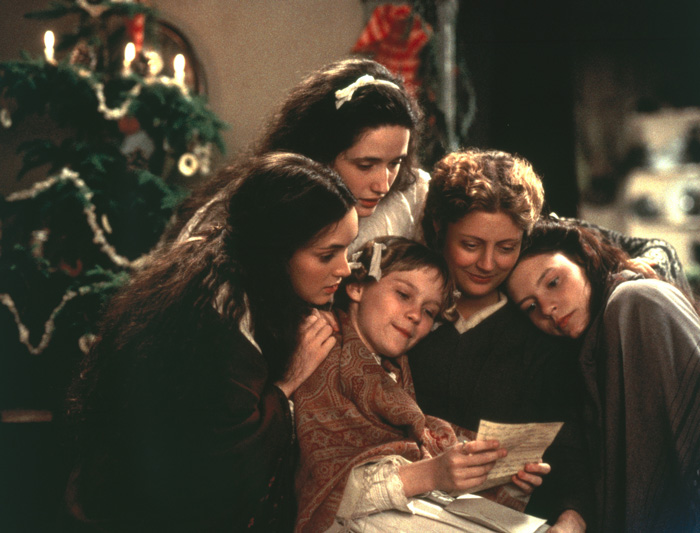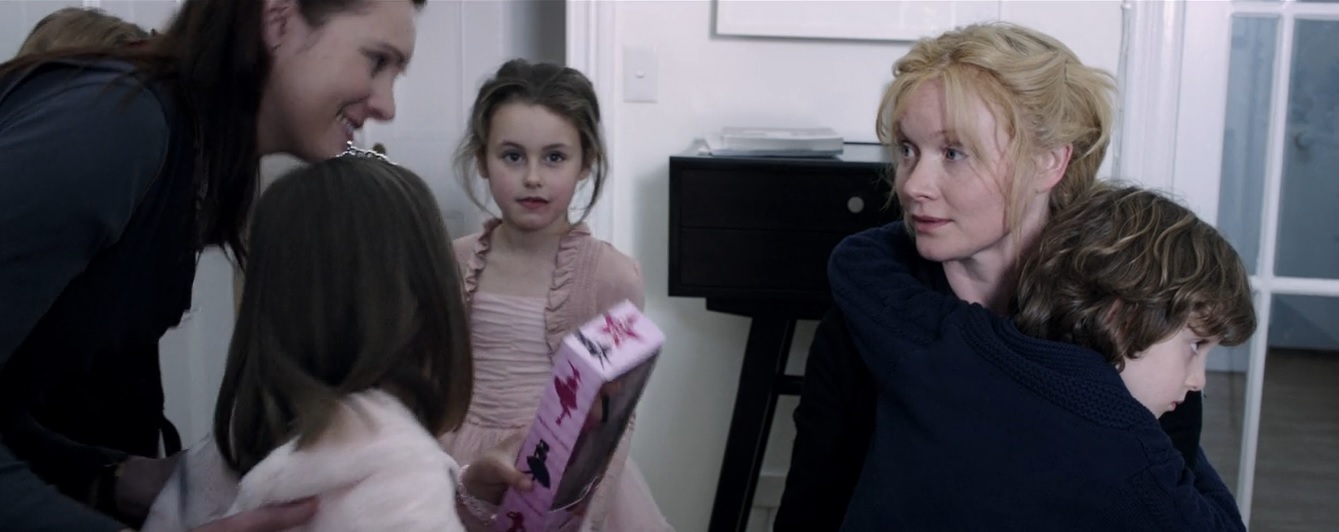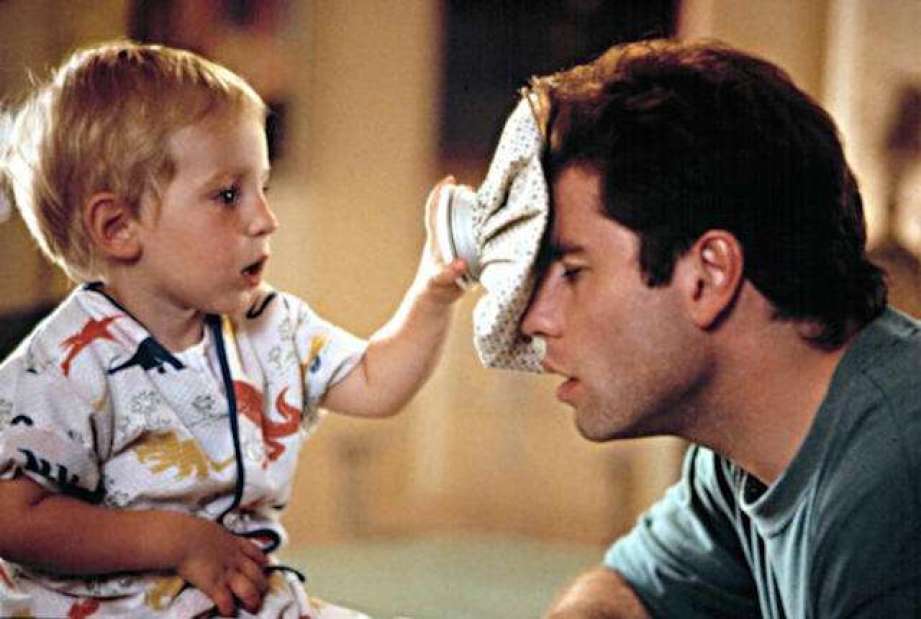STX Films
By Andrea Thompson
Once upon a time, I hit something of a low point. Actually it wasn't something of a low point, it felt like rock bottom, or perilously close to it. I was unemployed, spat out of a city I had moved to in hopes of a fresh start and better career prospects, and struggling to pick up the financial and professional pieces while crashing on a relative's couch. Feeling stuck in a city and situation I was desperate to escape, it didn't much help that I was heading to a job interview waiting tables at a comedy club in a part of town that looked like where dreams go to die.
Much to my fascination, I discovered the venue shared a building with a strip club. Due to a still healthy sense of curiosity and no doubt a desperate desire to make as much money as I could, I decided to head over and check it out. To my untrained eye, it seemed like a less seedy example of the business, which was probably helped by the nonexistent crowd, hardly surprising on a weekday afternoon. To my shock, a fully clothed woman who worked there (or claimed to) spoke of the close-knit bond among her coworkers as well as their artistic endeavors outside of the club, revealing my own preconceptions about the women who earned a living there.
She encouraged me to apply, and I soon found myself discussing the requirements of the job with a male manager, including the seeming lack of complexity there was to the dancing. I wasn't so sure about that, as the stripper I saw working the pole possessed a flexibility it didn't look like I could approach, let alone replicate. The really profound moment was a relatively small one, and it involved the various styles of revealing attire the dancers wore. Whatever their style of dress, the manager referred to their work clothes as a costume.
STX Films
Such an insignificant issue of semantics, but it helped me realize why I found stripping so unsettling in spite of my firm commitment to sex positivity. I realized that stripping was only a two-way exchange in terms of services rendered and cash given. Nor was it simply a commodification of sexuality. What it was really selling was male fantasy, and the job of the women was to cater to that above all else. Their desires weren't a part of the equation. A simple conclusion? Perhaps. Yet it allowed me to form my own convictions about an ongoing debate in the feminist community about whether various expressions of female sexuality were demeaning, empowering, or both.
I never ended up taking either the serving or stripping job. But this experience came to mind while I was watching and very much enjoying the movie “Hustlers” at the 2019 Toronto International Film Festival. It's got the usual “inspired by a true story” qualifier, but the movie seems to share a remarkable number of similarities with the article that is its source material. Both tell the story of a group of strippers who came up with a very much illegal scheme to scam their Wall Street clients out of their money.
Much of the enjoyment is due to writer-director Lorene Scafaria embracing the magical ingredient essential to this movie's success: centering the women. Whether their sexuality is empowering or not is almost beside the point, not to mention an oversimplification. It's how they chose to use it which matters. And hey, let's face it, it's also a large part of what makes their story as fun as it is fascinating. Countless movies have at least a scene or two at a strip club, and they often have strippers who function as living set pieces to make the movie sexier, edgier, or a combination of both. Few bother to give them speaking lines, let alone any kind of storyline devoted to them.
STX Films
In “Hustlers,” the female gaze is centric from the start, as is control. The first thing we hear as we meet our viewpoint character Destiny (Constance Wu) is Janet Jackson's 1986 hit song “Control.” These women have to fight not just for money, but power over their lives and bodies, and Destiny is still getting accustomed to this world and how to make a living in it. At first at least. Once she meets Ramona, gloriously played by Jennifer Lopez in full diva mode, she thrives as Ramona decides to take her under her wing. Or perhaps it's more accurate to say, under her fur coat as she purrs, “Climb in my fur.” Their friendship is the gateway into the supportive world they and the other women create for themselves, and we see their camaraderie, and how playing sex objects affects their personal lives. Although any music fans will be disappointed, since Cardi B and Lizzo don't have roles as much as extended cameos. And since it's 2007, there's no need for schemes. The Wall Street types they cater to are able and willing to spend the money that allows Destiny and the others to live the good life.
Then the financial crisis hits, and both Destiny and the country are thrown into disarray. She becomes pregnant by her boyfriend, and the two part ways a few years after their daughter is born. Once Destiny exhausts her meager options, she returns to stripping, only to find that her former workplace has become a far harsher place that's mostly populated by Russians who are willing to give the men blow jobs. Most of the women she knew have moved on, but Ramona still frequents the club and recruits her for her new hustle. She and the others she works with lavish suitably wealthy men with attention and drinks, drug them to encourage higher spending habits, take them to the club where they worked, and take a percentage from what they spend there.
And it actually works for quite a long time, with Ramona and Destiny relishing the money and the power they find scamming the scammers. It's hard to blame them, as it was painfully clear just how disposable these women were when they were doing legit work. Before, the top CEO clients, whom Ramona referred to as “axe murderers,” were given free reign and never faced any consequences for their actions because everyone wanted what they had, whether it was their privilege, status or wealth. I've never seen “The Wolf of Wall Street,” but I'm willing to bet this one sentence is a better analysis of this world than the entire three hour runtime of “Wolf.”
STX Films
Women are a rarity in this world, often limited to a select few who managed to fight through the bro culture and somehow get to the top, or more commonly, as wives, mothers, and mistresses. So the deeply feminine perspective is what makes this story feel so refreshing, despite its familiarity. If you've seen any kind of gangster or mafia movie, you know how this goes. Destiny and her friends make money and they simply don't know when or how to stop. They then make the mistakes that will bring them down. As Destiny puts it, hurt people hurt people.
While the pain they caused is acknowledged, but most of the men don't earn our sympathy, from the main characters or the female journalist they recount the story to years later. These men stole from others with no consequences in a game rigged in their favor, and the movie makes most of them as expendable as Destiny and her cohorts generally are. It wasn't just that these women were dishing out the pain so routinely heaped on them, it was the vicious cycle of exploitation they were perpetuating. Even the drugging seemed normal to them, given how much illicit substances were already a part of their world. “Hustlers” merely shows us a world where our most common beliefs about money, beauty, and power are taken to an extreme that ultimately devalues everyone, even those who initially appear to benefit from it most.
































